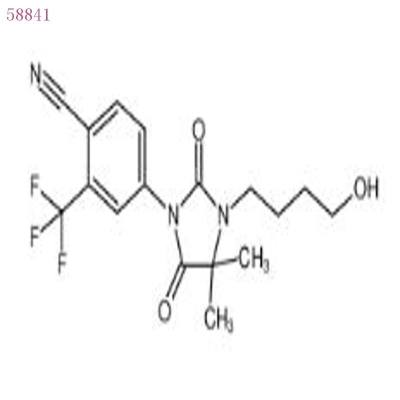-
Categories
-
Pharmaceutical Intermediates
-
Active Pharmaceutical Ingredients
-
Food Additives
- Industrial Coatings
- Agrochemicals
- Dyes and Pigments
- Surfactant
- Flavors and Fragrances
- Chemical Reagents
- Catalyst and Auxiliary
- Natural Products
- Inorganic Chemistry
-
Organic Chemistry
-
Biochemical Engineering
- Analytical Chemistry
-
Cosmetic Ingredient
- Water Treatment Chemical
-
Pharmaceutical Intermediates
Promotion
ECHEMI Mall
Wholesale
Weekly Price
Exhibition
News
-
Trade Service
| After the mass extinction, snakes flourished |
On September 14, a study published in Nature Communications showed that the Cretaceous-Paleogene mass extinction event 66 million years ago may have rapidly enriched the diversity of snake species
.
Although the Cretaceous-Paleogene mass extinction event led to the disappearance of about 76% of the species on the earth, the species diversity of some vertebrate groups later increased
.
However, the impact of this mass extinction event on the evolution of snakes has not been clear
.
Nicholas Longrich, Catherine Klein, and colleagues reconstructed the evolutionary history of snakes by integrating the following data
.
These data are: the evolutionary relationship between 115 unextinct snakes, the mutation rate of DNA, and the geographical distribution of fossilized and unextinct snakes
.
The author finally stated that the ability of snakes to not need to eat frequently, coupled with the extinction of natural enemies and predators after the mass extinction, may be the reason why snakes survived and species gradually enriched
Related paper information: http://dx.
http://dx.
doi.
org/ 10.
1038/s41467-021-25136-y 10.
1038/s41467-021-25136-y







